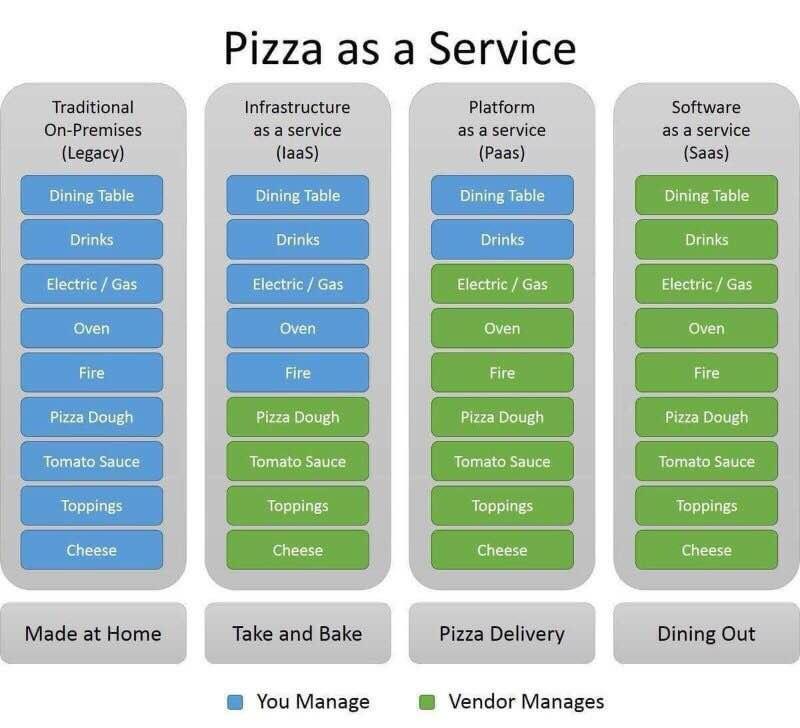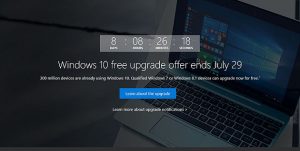When people discuss cloud-based services, they are referring to services ranging from hosted email such as Gmail and Office365 to hosted servers. But cloud-based services are often broken into groups to define the level of service that each provides.
These services are usually broken into three categories, Software as a Service (SaaS), Platform as a Service (PaaS), and Infrastructure as a Service (IaaS). Here are some examples of each:
- Traditional On-Premises – Server and software are all loaded onto computers and servers within your office. You are responsible for the setup, configuration, and maintenance of all software and hardware solutions.
- IaaS – Provides access to servers, firewalls, virtual machines, storage, and other infrastructure solutions. You are responsible for the design, setup and configuration of the hardware and software. Examples of this are VMWare’s vCloud Air and CloudStack’s cloud computing solution.
- PaaS – Provides the ability to develop, launch, and manage apps without having to deal with the infrastructure required. Think of it as a logon to a remote computer in the cloud where you have control of the software without having to maintain the hardware. Examples are Microsoft’s Azure and Amazon’s AWS solutions.
- SaaS – Provides access to online applications, you don’t have to worry about the software or hardware configurations. Examples are Google Apps, Office365, Netflix, QuickBooks Online.
There are many other “as a Solution” service offerings, but these are the main service offerings that you will hear about in the office these days. I will follow up soon with a further breakdown of SaaS services in an upcoming article, so stay tuned!
We at Advanced Systems Solutions have helped thousands of organizations to review various “as a Service” solutions, so contact us if you need any assistance or have any questions. We love to help!
Like our Facebook page by clicking on the icon at the top right of this page to stay up to date with date with current alerts and information!
Disclaimer: The above information is not intended as technical advice. Additional facts or future developments may affect subjects contained herein. Seek the advice of an IT Professional before acting or relying on any information in this communiqué.




